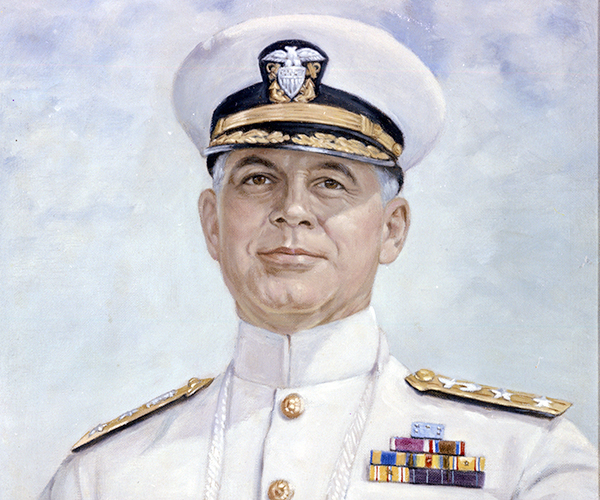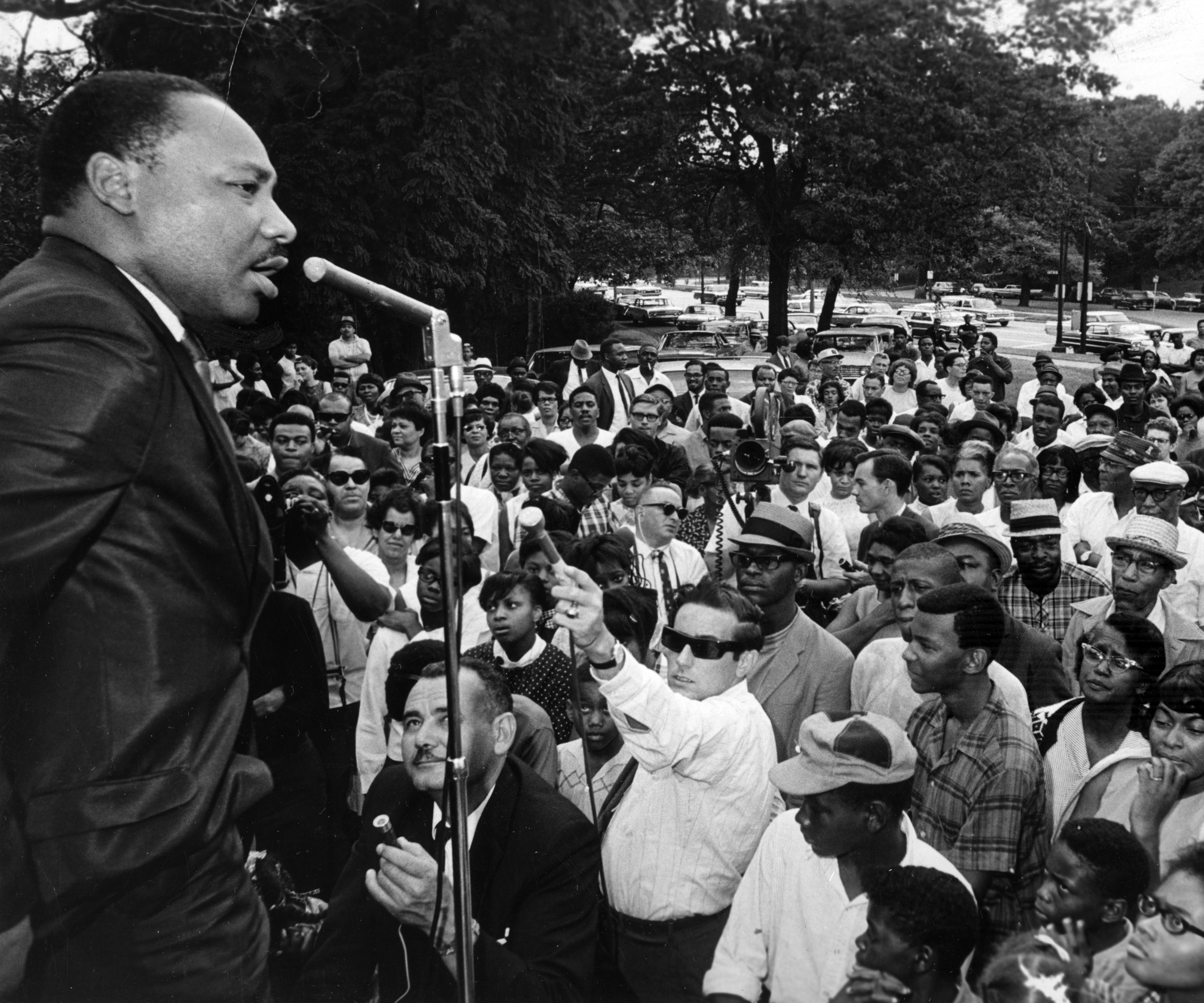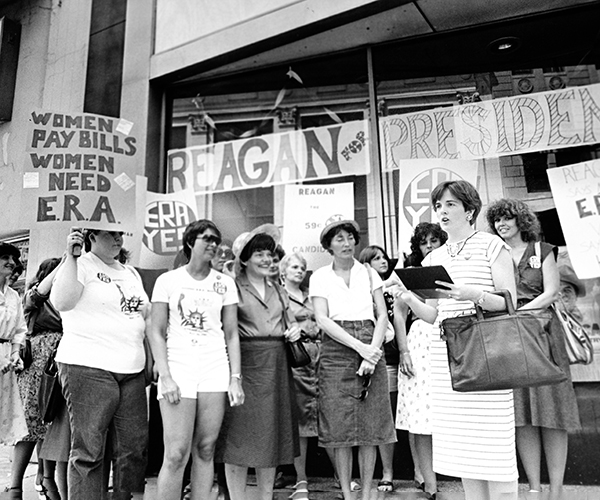In a basement on Central Avenue and East 38th Street, Alvin Malcom and his young companion, Preston Harris, occupy metal craft shop on Feb. 16, 1937 at the Playhouse Settlement.
As early as 1934, the Settlement’s metal shop classes saw an enrollment of roughly 90 students, ranging from 12 to 20 years old. By then, the Settlement and its theater had adopted an unofficial Swahili name, Karamu.
In 1915, the Second Presbyterian Church handpicked Russell and Rowena Woodham Jelliffe, a white couple from Chicago, to operate the Settlement out of two houses. It acted as a racially integrated community center for Cleveland’s growing, industry-bound Black, Slavic and Italian neighborhoods. Friday night dances, sporting events and artisan shops — like Malcom and Harris’ — all took place at the Settlement.
The year five young Settlement attendees had their art featured in the Cleveland Museum of Art’s 21st Annual Exhibition of Work by Cleveland Artists and Craftsmen was the year 50-foot-tall flames licked the Karamu Theater’s roof at 3801 Central Ave.
The theater had been a refurbished saloon. It was acquired after funding for a new building fell short. On the night of Oct. 22, a fire started in the basement near the furnace, incinerating the daycare center with the art department. It only took an hour to quench the blaze, but the 120-seat theater was wrecked.
The theater’s nationally known Gilpin Players’ production of I Gotta Home seemed axed. That was, until The Play House offered the actors use of its Brooks Theater in November.
The show went on. In 1945, the Jelliffes took up shovels, breaking ground for Karamu House’s new location on the corner of East 89th Street and Quincy Avenue, where it sits today. The Karamu legacy continues this year with a production of Red Summer, starting Feb. 24.




